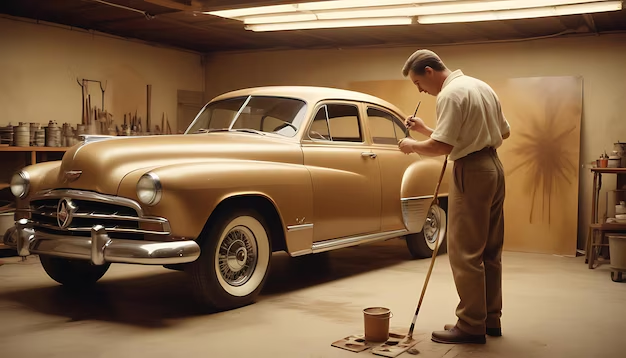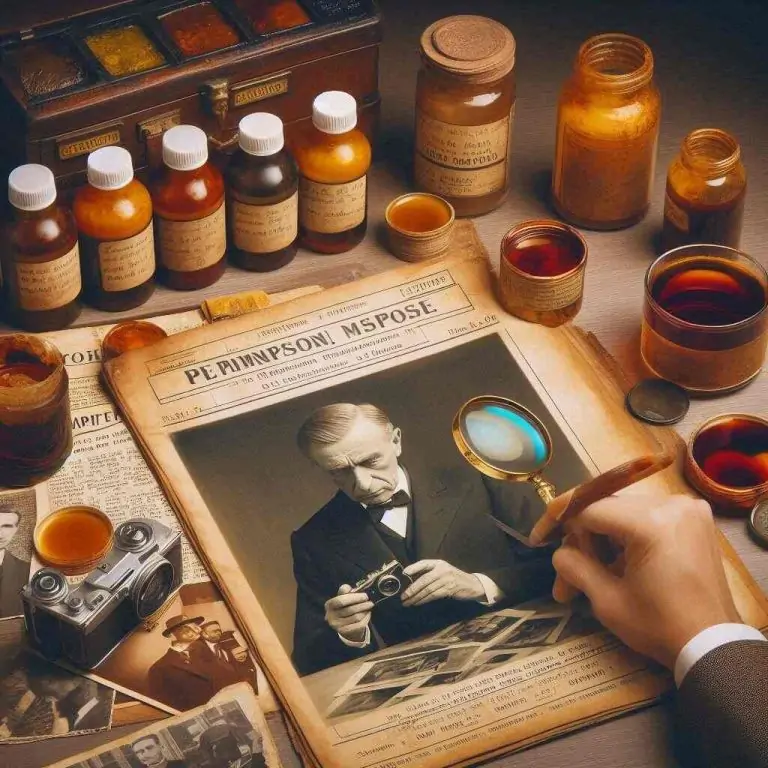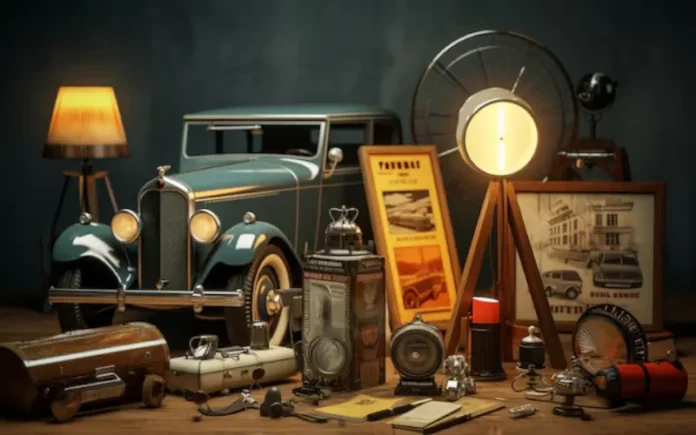Introduction to Brown Pigment in Vintage Photography
The universe of classic photography is rich and Brown Pigment in Vintage photograph recounting a novel story from an earlier time. One component that frequently hangs out in these ageless pictures is the particular earthy colored shade.. This characteristic hue not only adds to the aesthetic appeal but also holds significant historical and technical importance.
Historical Background of Brown Pigment in Photography

In the beginning of photography, the earthy colored shade in photographs was an expressive decision as well Brown Pigment in Vintage utilized. The sepia tone, a typical earthy colored shade, arose as a famous technique to upgrade the solidness and stylish nature of photos. Sepia, got from the ink of the cuttlefish, was utilized to treat the visual print, in this manner supplanting the silver in the print with a more steady compound.
Specialized Parts of Earthy colored Shade in Rare Photographs
The earthy colored tones in rare photographs are principally the consequence of Brown Pigment in Vintage engaged with creating photos. Early photographic artists utilized different synthetic substances to treat their prints, which would normally bring about the warm earthy colored shades we currently partner with classic photography. The sepia conditioning process, for example, involved treating a silver-based visual print with an answer containing sepia, which changed the metallic silver completely to a sulfide compound that gave the earthy colored tone.
Synthetic Structure and Cycle
The essential synthetic compounds associated with making the earthy colored shade in one of a kind photographs were silver nitrate and sepia. Here is a definite glance at the cycle:
- Advancement: The photo is created utilizing silver nitrate, which frames the picture.
- Blanching: The created print is then faded, for the most part with a ferricyanide-based arrangement, which changes over the metallic silver into a silver halide.
- Conditioning: The blanched print is submerged in a sepia toner, which changes over the silver halide into silver sulfide, Brown Pigment in Vintage trademark earthy colored tone.
Stylish and Protection Advantages
The sepia tone not just gave photos an Brown Pigment in Vintage satisfying earthy colored tint yet in addition essentially upgraded the life span of the pictures. Silver sulfide is considerably more steady than metallic silver, subsequently safeguarding the photo from debasement after some time. This is why many vintage photos have retained their quality and aesthetic appeal even after several decades.
Modern Reproduction of Vintage Brown Pigments
Today, the appeal of the earthy colored shade in rare photography keeps on moving Brown Pigment in Vintage novice picture takers. Modern techniques have evolved to replicate the sepia tone using digital methods. Software applications and photo editing tools offer sepia filters that mimic the effect of the traditional sepia toning process.
Digital Techniques for Sepia Toning
Modern photographers and digital artists can achieve the sepia effect using various photo editing software. Here’s a simple guide to creating a sepia-toned image digitally:
- Convert to Grayscale: Start Brown Pigment in Vintage the color photo to grayscale.
- Adjust Color Balance: Use the color balance tool to add warm tones.Increment the red and yellow sliders to accomplish the ideal earthy colored tint.
- Apply a Sepia Channel: Numerous photograph altering instruments have a pre-set sepia channel that can Brown Pigment in Vintage with a solitary snap.
- Tweaking: Change the splendor, differentiation, and immersion to consummate the sepia impact.
Cultural and Artistic Significance
The earthy colored shade in rare photographs conveys a social and imaginative importance that rises Brown Pigment in Vintage feel. It summons a feeling of wistfulness and verifiable profundity, moving watchers to a former period. This profound reverberation goes with sepia-conditioned photos a most loved decision for wedding photographs, family pictures, and verifiable documentation.
Gathering and Safeguarding Rare Photographs
For gatherers and history specialists, saving the earthy colored shade in one of a kind photographs is of principal significance. Legitimate capacity and dealing with are fundamental to keep up with the trustworthiness of these Brown Pigment in Vintage. Here are a few ways to protect rare photographs:
- Stay away from Direct Daylight: Store photographs in a cool, dim spot to forestall blurring.
- Utilize Documented Materials: Utilize corrosive free collections and capacity Brown Pigment in Vintage photographs from compound harm.
- Maneuver carefully: Consistently handle photographs with spotless, dry hands or wear cotton gloves to forestall oil and soil move.
Conclusion

The earthy colored shade in one of a kind photographs is something Brown Pigment in Vintage; it is a demonstration of the resourcefulness and creativity of early picture takers. Figuring out the set of experiences, specialized processes, and social meaning of this trademark tint advances our enthusiasm for classic photography. Whether through customary strategies or present day advanced methods, the sepia tone proceeds to enthrall and motivate, protecting the ageless magnificence of photos for people in the future.
FAQs about Earthy colored Shade in Classic Photographs
- What causes the earthy colored shade in classic photographs? The earthy colored shade in rare photographs is fundamentally because of the sepia conditioning process, which includes treating the visual print with sepia arrangement, switching silver in the print over completely to a more steady silver sulfide compound.
- For what reason were sepia tones utilized in early photography? Sepia tones were utilized to improve the strength and tasteful nature of photos. The sepia treatment made the pictures more steady and less inclined to Brown Pigment in Vintage some time.
- How can I replicate the sepia effect in modern photography? You can replicate the sepia effect using digital photo editing softwareConvert the photograph to grayscale, change the variety Brown Pigment in Vintage to add warm tones, and apply a sepia channel if accessible.
- What is the verifiable meaning of sepia-conditioned photographs? Sepia-conditioned photographs inspire a feeling of sentimentality and Brown Pigment in Vintage profundity, making them well known for saving recollections, authentic documentation, and adding an immortal quality to pictures.
- How might I store classic sepia-conditioned photographs to safeguard them? To protect one of a kind sepia-conditioned photographs, store them in a cool, dim spot, utilize corrosive free chronicled materials, and handle them with perfect, dry hands or cotton gloves to forestall harm.


